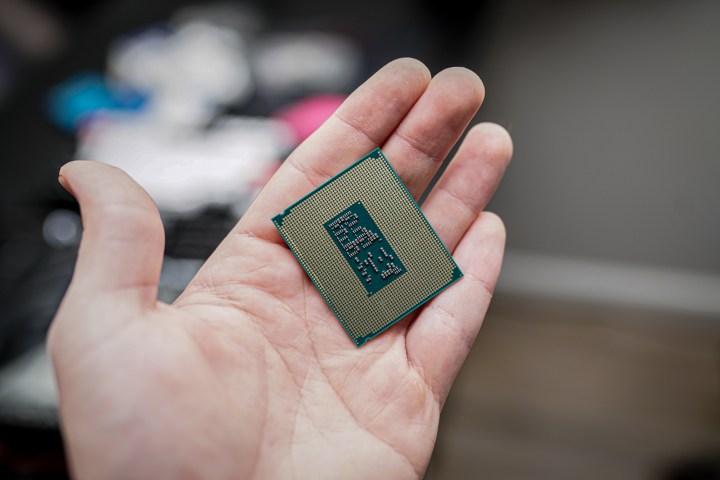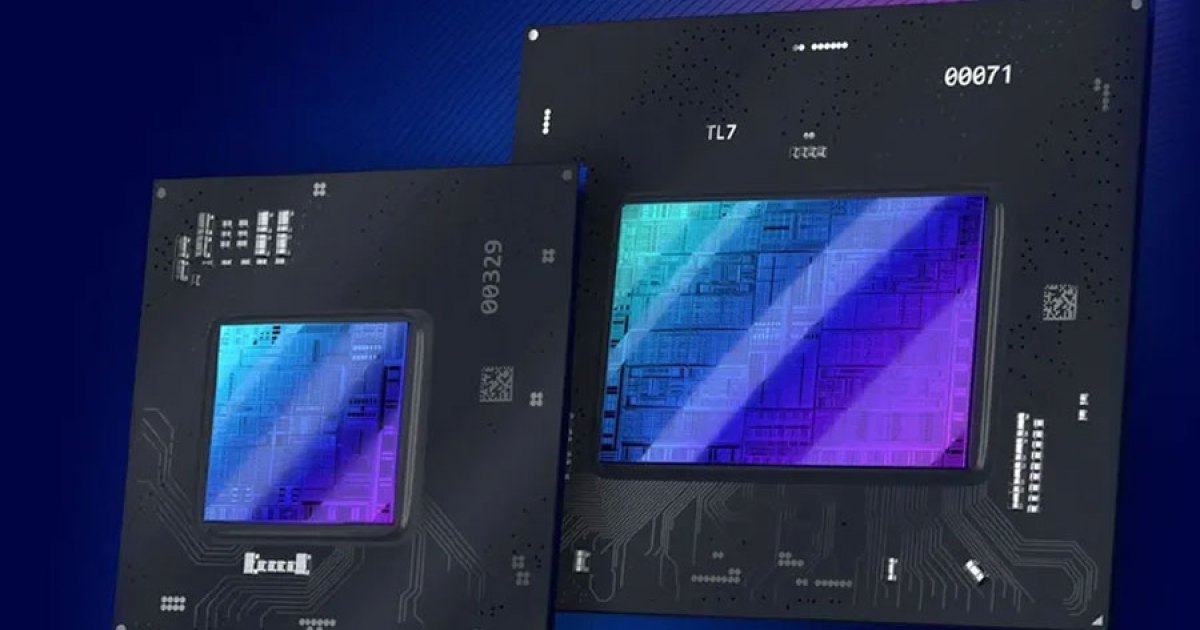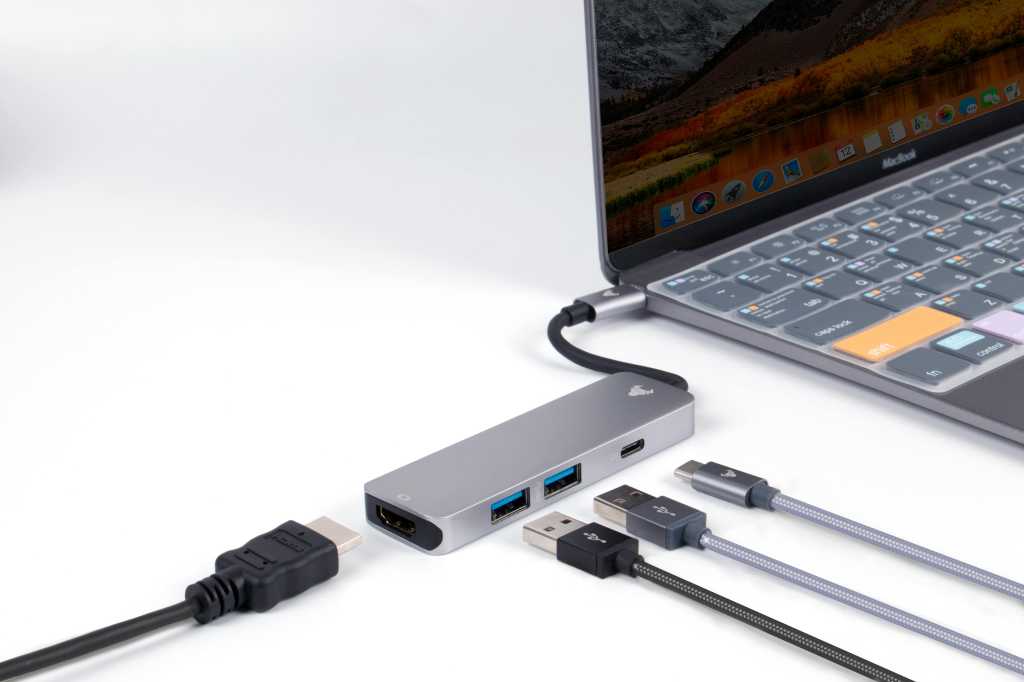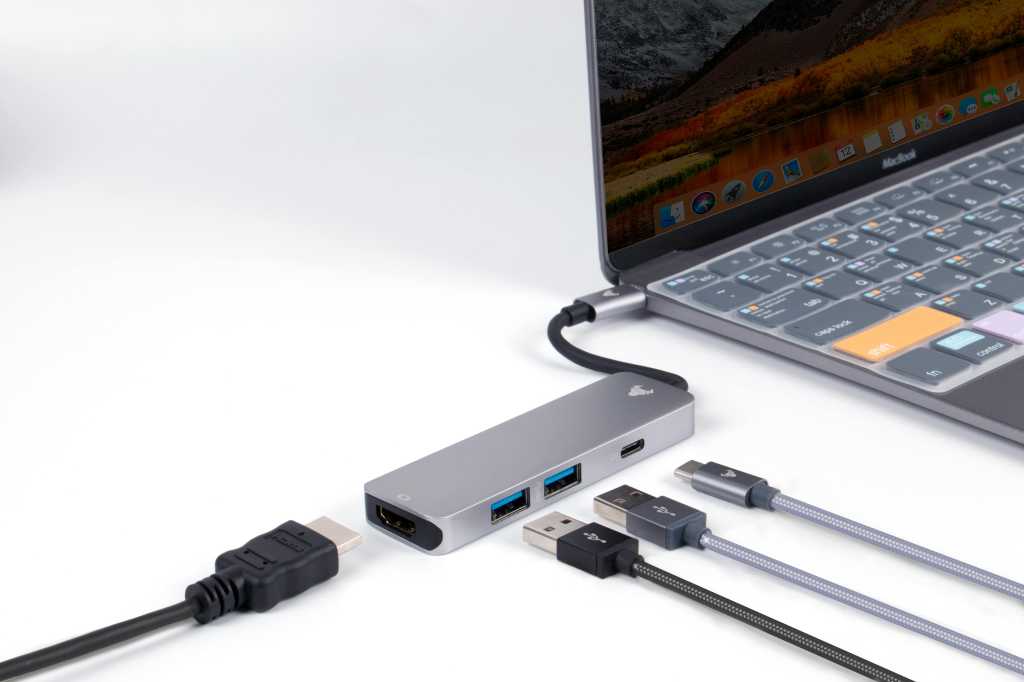Intel’s 14th-generation desktop processors (Meteor Lake) launched in 2024, but tech enthusiasts are already looking ahead to the next-next generation: Nova Lake, expected to arrive in 2026. While still under development, intriguing leaks and rumors offer a glimpse into Intel’s future CPU plans. If you’re considering a future Intel upgrade, here’s a breakdown of the current Nova Lake landscape.
Release Date and Pricing
Intel hasn’t officially announced a release date for Nova Lake, only a broad 2026 timeframe. This places it after Panther Lake (15th generation), anticipated towards the end of 2025. If Panther Lake follows Arrow Lake’s October 2024 release pattern, we might expect a similar Q3/Fall launch for both Panther Lake and its successor, Nova Lake.
Pricing details remain undisclosed. However, Intel has hinted at improved profit margins with Nova Lake, suggesting potential cost efficiencies in production. While this doesn’t guarantee lower consumer prices, it could pave the way for future price reductions.
Expected Specifications
While official specifications are still pending, leaks and rumors provide some potential insights into Nova Lake’s architecture.
A February 2025 tweet from leaker Jaykihn (@jaykihn0) suggested core configurations with up to 52 cores:
Don’t forget the LPe.
Preliminary silicon configs are:
52 (16+32+4)
28 (8+16+4)
16 (4+8+4)— Jaykihn (@jaykihn0) February 7, 2025
These configurations combine Performance cores (P-cores), Efficiency cores (E-cores), and Low Power Efficiency cores (LPE-cores). The presence of LPE-cores across all configurations, even those with only four P-cores, indicates Intel’s continued focus on power efficiency.
Rumors suggest a dual CCX (Core Complex) design, similar to AMD’s Ryzen chiplet processors. Additionally, a larger L3 cache tile, potentially up to 144MB, is speculated. This could function similarly to AMD’s 3D V-Cache, boosting gaming performance.
The P-cores are rumored to be based on the Coyote Cove architecture, succeeding Cougar Cove in Panther Lake. Similarly, Arctic Wolf is expected to replace Darkmont as the E-core architecture. There are also whispers of an off-die memory controller, with Intel reportedly developing methods to mitigate potential latency issues.
 The back of a Core Ultra 9 processor.
The back of a Core Ultra 9 processor.
Projected Performance
Predicting Nova Lake’s performance remains speculative without official specifications. However, the rumored core configurations point towards a continued emphasis on multi-threaded performance, making them potentially ideal for demanding workloads. The potential inclusion of a large L3 cache could significantly enhance gaming performance, while the LPE-cores could contribute to lower idle power consumption, benefiting office PCs and laptops.
Conclusion
Intel Nova Lake CPUs are still some time away, and concrete details will likely emerge closer to Panther Lake’s release. However, the current rumors and leaks paint an exciting picture of Intel’s future CPU roadmap, with potential advancements in core counts, cache size, and power efficiency. As more information becomes available, we’ll gain a clearer understanding of Nova Lake’s capabilities and its impact on the CPU landscape.











